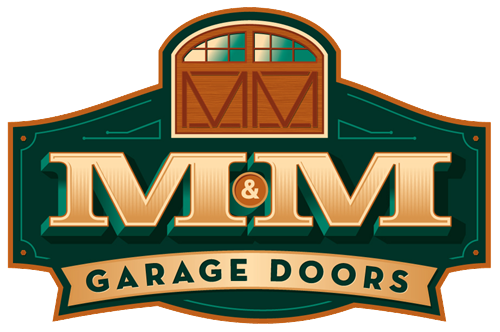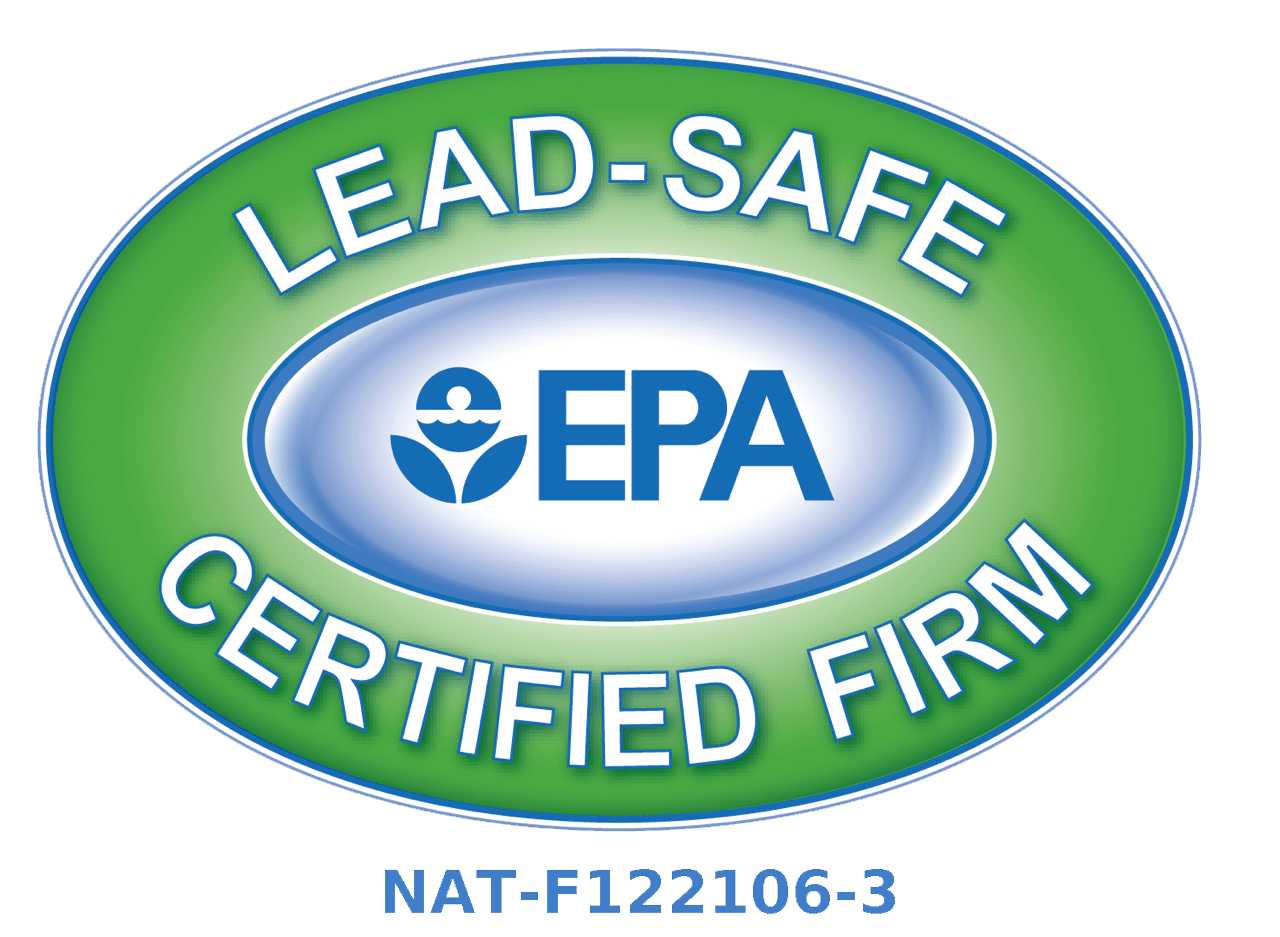If you’re like the average homeowner, you buy one, maybe two garage doors in your lifetime. Because you’re largely unfamiliar with them, aside from how to operate the openers or perform some very basic maintenance, it can be helpful to educate yourself on garage door terminology. This can help you when speaking with your garage door expert the next time you require installation or repair.
Here are some basic terms with which to familiarize yourself in the garage door industry:
Doors
- Most doors in this country are sectional, overhead doors designed to retract along the garage’s ceiling.
- They are typically comprised of four sections.
- Heights of doors usually range between six and eight feet.
- You can purchase garage doors insulated or non-insulated. Insulated doors are made of plastic, polystyrene or polyurethane insulation, with R factors between 6 and 18.
- Galvanized steel is the most common material, followed by wood, fiberglass and PVC.
Hardware
Behind the door, the terminology gets a bit more complex because there are so many parts that must work smoothly together to ensure proper operation.
- Springs: Also called the counterweights, the springs are what make it possible to open your garage door easily. There are two types of spring systems: torsion and extension. Both are coil springs but their placement differs.
- Hinges: Hinges are what form the joints allowing the door sections to bend and retract. Some larger and heavier doors require double hinges for safety.
- Rollers: There are three types: steel, black nylon and white reinforced nylon, with nylon being the quietest.
- Lifting cables: Braided steel wires lift and support the door, with the strength of the cables depending on the size of the door.
- Tracks: There are two types: vertical and horizontal. The thickness of the steel that comprises the tracks is important, as the thicker the steel, the lesser the chance of twisting or tilting under the door’s weight.
- Reinforcement struts: These support double garage doors so they can be left open for long periods of time.
Weatherstripping
Many homeowners overlook the weatherstripping, but this is an important component to ensure proper insulation and energy efficiency.
- Between door sections: Many doors feature triple-contact weatherstripping with thermal break to keep the cold out.
- Exterior frame: Generally comprised of PVC, this component must stay flexible in the color weather.
- Bottom weatherseal: A u-shaped component, this slides into a retainer made of either PVC or aluminum. Those constructed of thermoplastic elastomer (TPE) are the most flexible and recommended for extreme temperatures.
The technicians at M&M Garage Doors would be happy to educate you on the components of your new garage door. Schedule your appointment for installation or repair with us at 586-610-5434 today!





